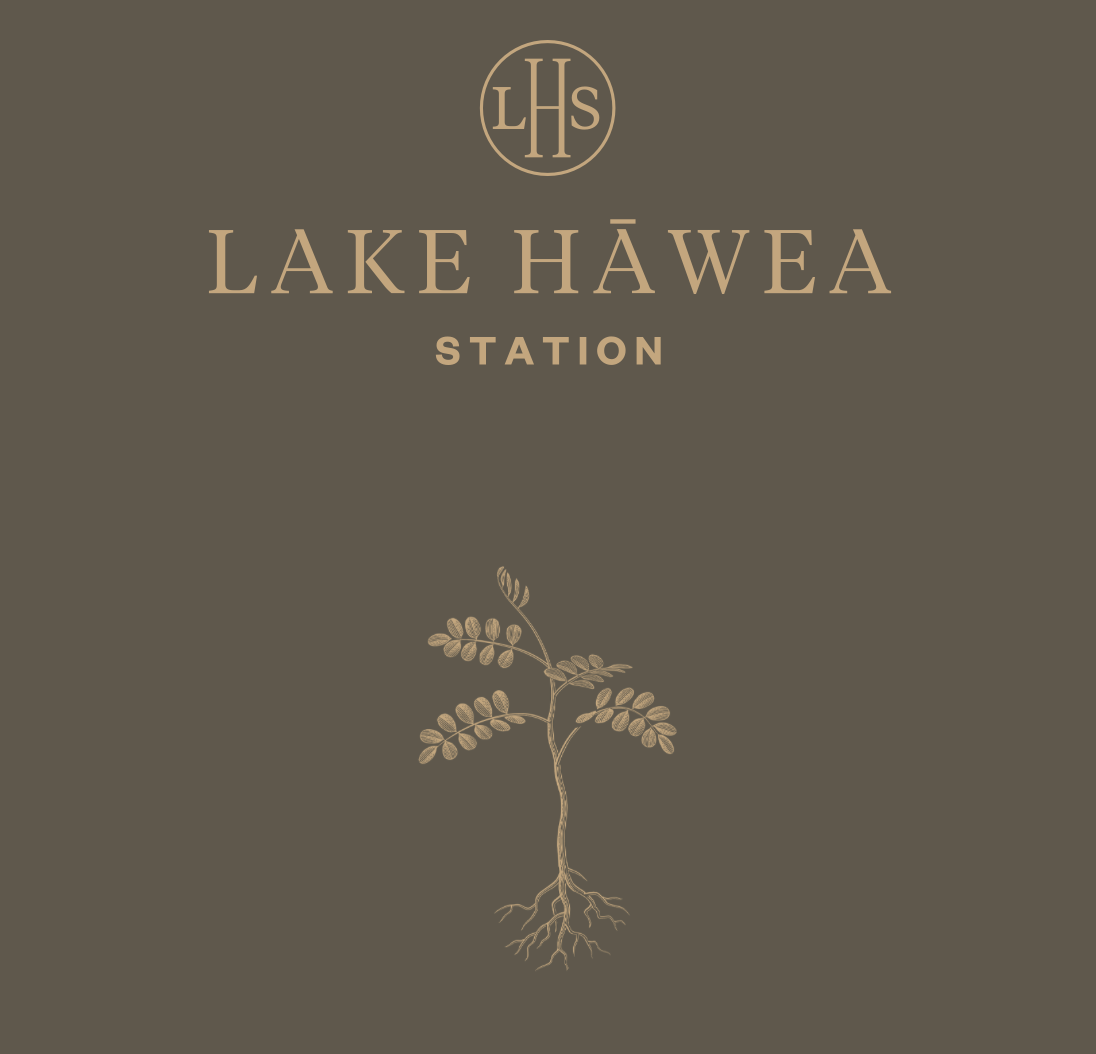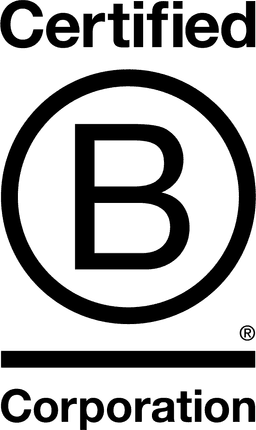

Lake Hawea Station

Otago Region, New Zealand
November 2023
Mixed Farming
Manufacturing
New Zealand
Lake Hāwea Station is one of New Zealand’s premier High Country Stations, situated in the spectacular Queenstown Lakes District. The property enjoys uninterrupted views of the picturesque Lake Hawea to the West and North and alpine, tussock and beech forest ranges to the East.We aspire to produce more from less and believe productivity and profitability can work hand in hand with biodiversity and environmental improvement, alongside a business model that is also sustainable. We sell our merino wool direct to international fashion brands like Sheep Inc. who have reinvested in conservation on the Station. We also run an eco-tourism operation, where everyone who comes to the farm learns about our regenerative agriculture operation, climate action initiatives and conservation action. The tourism and farming operations enable our customers to both connect with biodiversity on farm and the funds raised allow us to expand our conservation work. Lake Hāwea is a place of vivid beauty and mountainous extremes. Our catchment will be a place where people enjoy an engaged community that cares for and has a sense of pride our unique environment. Landowners and residents will create a local hub of knowledge, research, education, and opportunity for profitable and resilient farming that ensures
Overall B Impact Score
Governance 17.6
Governance evaluates a company's overall mission, engagement around its social/environmental impact, ethics, and transparency. This section also evaluates the ability of a company to protect their mission and formally consider stakeholders in decision making through their corporate structure (e.g. benefit corporation) or corporate governing documents.
What is this? A company with an Impact Business Model is intentionally designed to create a specific positive outcome for one of its stakeholders - such as workers, community, environment, or customers.
Workers 20.4
Workers evaluates a company’s contributions to its employees’ financial security, health & safety, wellness, career development, and engagement & satisfaction. In addition, this section recognizes business models designed to benefit workers, such as companies that are at least 40% owned by non-executive employees and those that have workforce development programs to support individuals with barriers to employment.
Community 34.0
Community evaluates a company’s engagement with and impact on the communities in which it operates, hires from, and sources from. Topics include diversity, equity & inclusion, economic impact, civic engagement, charitable giving, and supply chain management. In addition, this section recognizes business models that are designed to address specific community-oriented problems, such as poverty alleviation through fair trade sourcing or distribution via microenterprises, producer cooperative models, locally focused economic development, and formal charitable giving commitments.
What is this? A company with an Impact Business Model is intentionally designed to create a specific positive outcome for one of its stakeholders - such as workers, community, environment, or customers.
Environment 33.9
Environment evaluates a company’s overall environmental management practices as well as its impact on the air, climate, water, land, and biodiversity. This includes the direct impact of a company’s operations and, when applicable its supply chain and distribution channels. This section also recognizes companies with environmentally innovative production processes and those that sell products or services that have a positive environmental impact. Some examples might include products and services that create renewable energy, reduce consumption or waste, conserve land or wildlife, provide less toxic alternatives to the market, or educate people about environmental problems.
What is this? A company with an Impact Business Model is intentionally designed to create a specific positive outcome for one of its stakeholders - such as workers, community, environment, or customers.
Customers 3.4
Customers evaluates a company’s stewardship of its customers through the quality of its products and services, ethical marketing, data privacy and security, and feedback channels. In addition, this section recognizes products or services that are designed to address a particular social problem for or through its customers, such as health or educational products, arts & media products, serving underserved customers/clients, and services that improve the social impact of other businesses or organizations.